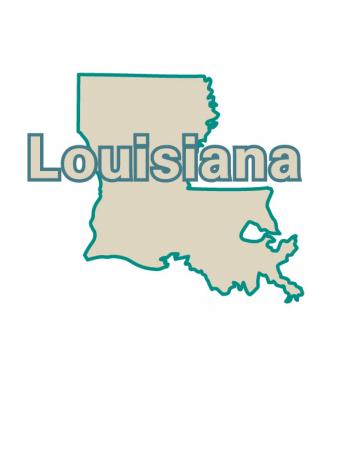
Deadly Fiery Collision in the Gulf
By JIM BRADSHAW
The Gulf of Mexico was wrapped in a dense fog just before dawn on April 20, 1951, as the 10,000 ton tanker Esso Greensboro and the 17,000-ton Esso Suez approached each other 200 miles south of Morgan City.
The Greensboro had left Corpus Christi the day before with a full load of West Texas crude and was headed east, bound for ports on the Atlantic Seaboard. The Suez had sailed in ballast from Baltimore on April 10 and was headed west to Corpus Christi to pick up a load of crude.
The fog was so thick that the two ships were invisible to each other, but according to a Coast Guard report, they “had each other in sight on their respective radars, and altered course to give each other wider passing differences.”
But somebody made a wrong turn. The ships were actually moving closer to each other, and fast. Despite visibility of 200 yards or less, both ships continued to plow ahead at full speed, 15 knots each.
At 4:22 a.m., “when both vessels heard the fog signals and sighted each other … collision was inevitable and seconds thereafter [the] vessels collided,” according to the investigators.
There were 42 men on board the fully-laden Greensboro and only five survived. On the empty Suez, two men were killed and three others hurt in a total crew of 49.
Seaman Larry Fay was one of the few Greensboro survivors, but was badly burned. He was wrapped from head to foot in bandages when an Associated Press reporter talked to him at the hospital at the naval air station in Corpus Christi.
He said he was on his bunk when the explosion rocked his ship and “flames came pouring through the porthole.” Somehow, he made it to the deck, ran across it barefoot, and jumped into the Gulf.
John Horton was one of the seamen aboard the Suez. “It seemed like they were right on top of us,” he said. “Then there was a hell of an explosion. … I couldn’t see anything. The minute we hit, there was nothing but smoke and flame. … The Suez caught fire just as soon as the hot oil from the Greensboro hit us.”
The bow of the Suez was wedged tight into the side of the Greensboro, and the two ships were locked together as at least three explosions sprayed the Suez from one end to the other with burning oil and “ignited all combustible equipment and material on the deck and in its forward storerooms,” investigators reported. “Flames from burning oil on the water around the Esso Suez reached a great height and prevented the crew from effectively fighting the fire” until the ship was able finally — after a half hour or more — to pull free from the Greensboro and maneuver away from it.
Once that was done, the crew of the Suez brought its fires under control, even though some of the canvas hoses they used were themselves burning.
It was a different story for the Greensboro. John Johnson, a reporter for the Corpus Christi Caller-Times, flew over the derelict tanker nine days after the collision. Black smoke still “belched 300 feet in the air from a gaping hole in her side. Bright orange flames spilled over the side and licked at the water.”
Surviving crewmen testified that many of the men aboard the Greensboro were killed by the explosions or were trapped by fire, but that even those who made it to the deck had no alternative but to jump overboard into the flame-filled sea because all the lifeboats were burning.
Once its fires were out, the Suez was able to limp under its own power into port at Mobile, where it underwent repairs.
“The crew of the Esso Suez remained calm … and succeeded in extinguishing the fire on their vessel,” the Coast Guard reported. “Their action in doing so is commendable.”
The blackened hulk of the Greensboro was towed to Galveston, where it was repaired, lengthened, and put back into service about a year after the disaster.
“The crew of the Esso Greensboro had no chance,” the Coast Guard concluded. “The entire vessel, with the exception of the engine room, became a raging inferno almost immediately after the vessels collided, and only those men who were up at the time had any chance of survival.”
The investigation found that both vessels were at fault; both were in violation of rules requiring reduced speed and other precautions when visibility is as low as it was that morning.
The master of the Suez was brought before a naval board and found guilty of negligence. His license was revoked. The master of the Greensboro had no such hearing. He died in the first explosion of his ship.
You can contact Jim Bradshaw at jhbradshaw@bellsouth.net or P.O. Box 1121, Washington, LA 70589.
- Log in to post comments
